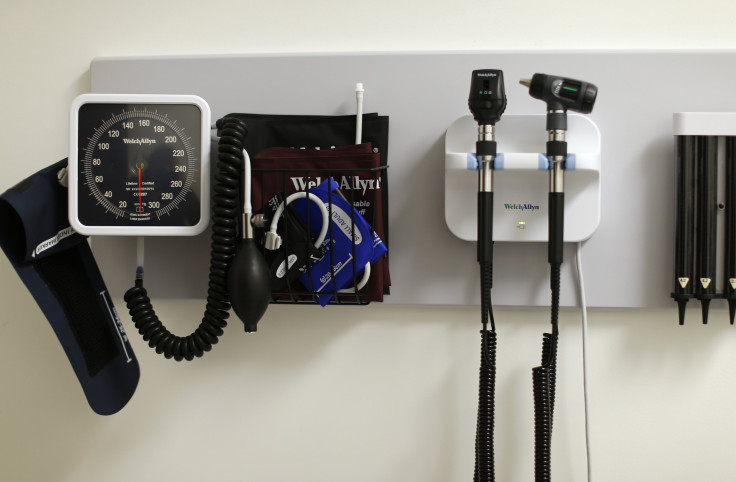World Health Day 2016: Everything You Need To Know About Diabetes Causes, Symptoms And Management

World Health Day is Thursday and this year it’s focused on slowing the rise of diabetes worldwide. In both Type 1 and Type 2 diabetes, individuals have trouble producing insulin, potentially causing dangerous results if left unmanaged.
The World Health Organization has published a series of articles on its website about beating diabetes, as well as fun quizzes and posters aimed at raising awareness. The disease disproportionately impacts poor countries.
Here are some facts about diabetes, which is expected to become the seventh leading cause of death globally by 2030.
The figures: About 350 million people worldwide have diabetes and about 1.5 million people die from it each year. More than 80 percent of diabetes deaths occur in low- and middle-income countries, the World Health Organization reported. Ninety percent of diabetes cases are Type 2.
Why is diabetes an epidemic on the rise? Get the facts https://t.co/r3S1cqFeZN #WorldHealthDay2016 pic.twitter.com/o9VFLrEVAB
— Express Scripts CA (@ExpressRxCanada) April 5, 2016
Type 1 vs. Type 2: In Type 1 diabetes, the body’s immune system destroys cells that release insulin, ultimately preventing the body from producing any. Cells are unable to absorb glucose without insulin, which is needed to produce energy. Type 1 occurs in children.
Type 2 diabetes is most common among adults, although it’s also on the rise among youth. It occurs when the body is unable to use insulin the right way, called “insulin resistance.” As it intensifies, the pancreas may produce a deficient amount of insulin.
What are the symptoms? Hunger, fatigue, needing to use the bathroom more often than usual, dry mouth, itchy skin and blurred vision are all symptoms of both Type 1 and Type 2 diabetes, according to WebMD. Individuals with Type 2 diabetes may also experience yeast infections, slow-healing cuts and pain or numbness in the feet or legs. Those with Type 1 might experience unexplained weight loss or nausea and vomiting.
World Health Day: Myths and facts about diabetes mellitus - Zee News: Zee NewsWorld Health Day: Myths and fact... https://t.co/Ar8taAfOWR
— Factiosity (@Factiosity1) April 5, 2016
What are the risks? Both Type 1 and Type 2 diabetes can be dangerous if left untreated or poorly managed. Monitoring the disease can help significantly reduce risk, as both types increase risk of blindness, kidney failure, heart disease and stroke. People with diabetes are also at risk of needing amputations.
How is diabetes managed? The discovery of insulin in 1921 offered new hope for those with diabetes, who used to be expected to die within the first few years after diagnosis, according to MedicineNet. It’s not a cure, but it helps manage the disease. Insulin injections or an insulin pump help manage Type 1. The amount of insulin is determined from the amount of food consumed and daily activity. Those who use insulin regularly monitor their blood glucose level. With both Type 1 and Type 2 diabetes, healthy eating, physical activity and blood glucose testing are important.
When to see a doctor: It’s a good idea to see your doctor if you have to urinate frequently, if you’re feeling weak or constantly thirsty or if you have a bad stomachache. Breath that smells like nail polish remover is a sign of high ketones and is a good indicator that you should head to the doctor, WebMD suggests.
© Copyright IBTimes 2024. All rights reserved.












